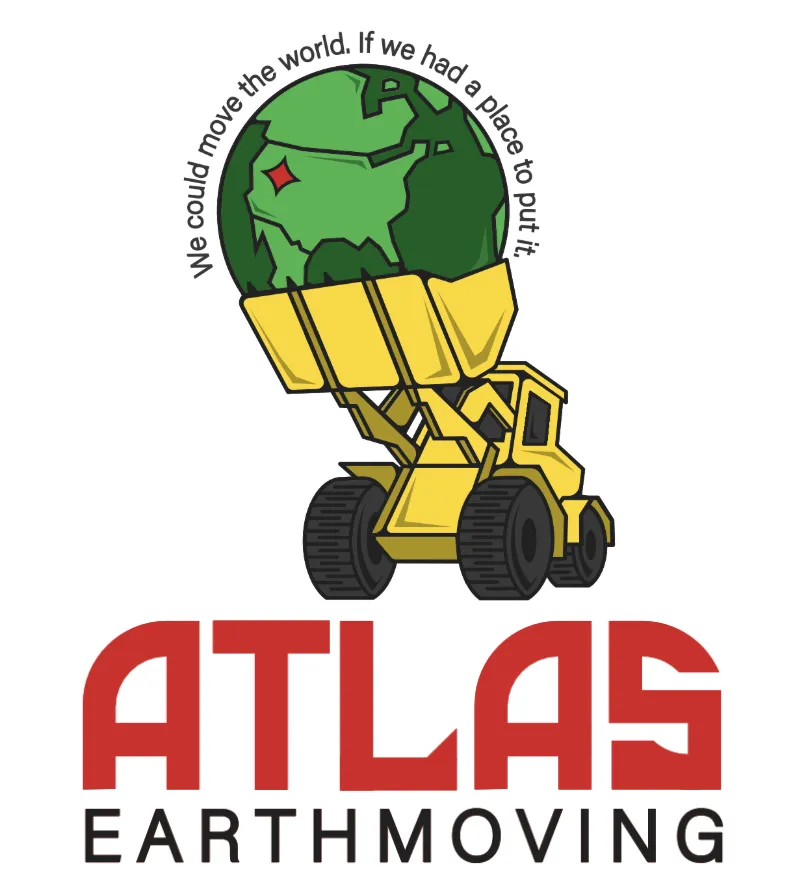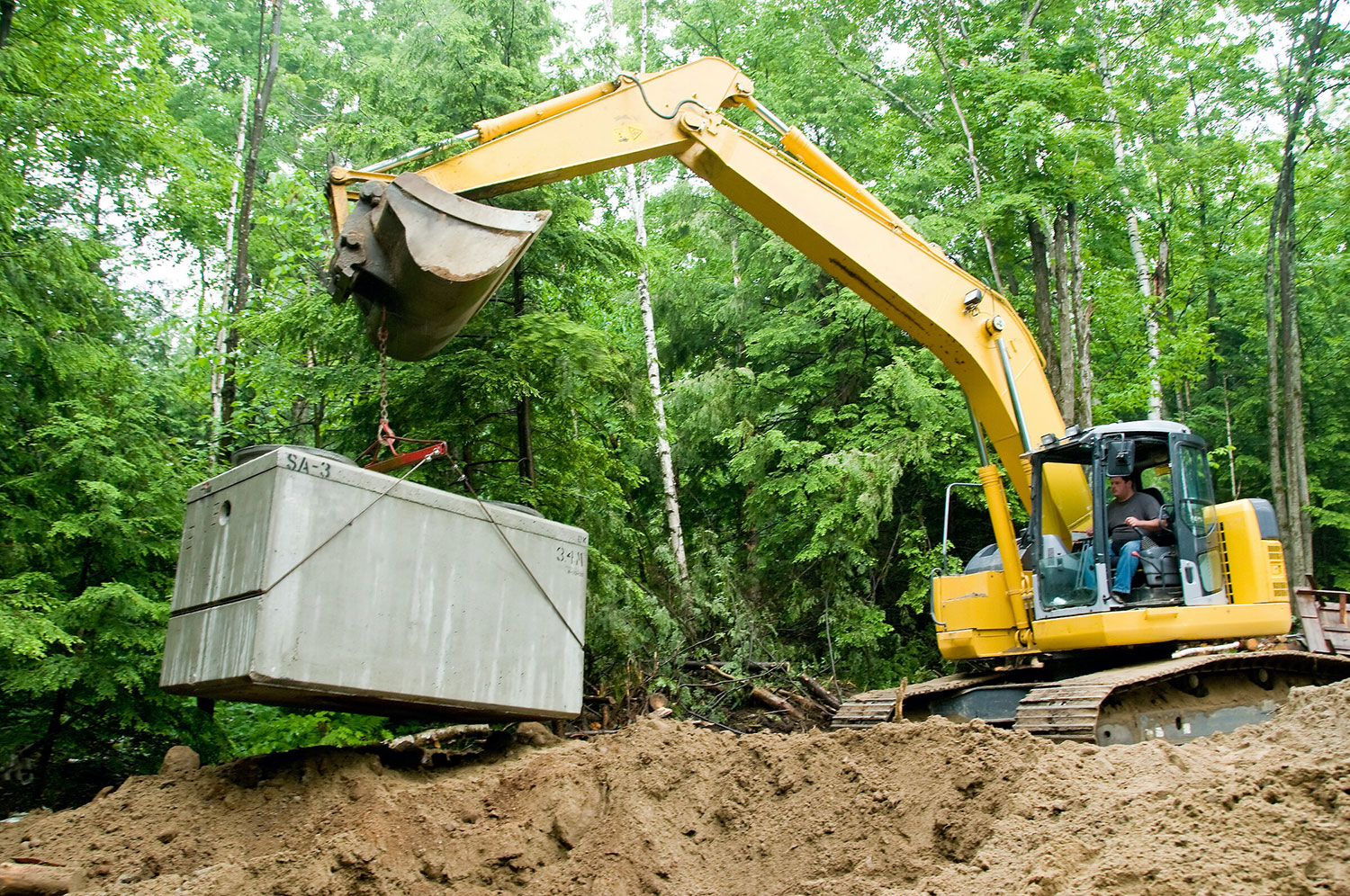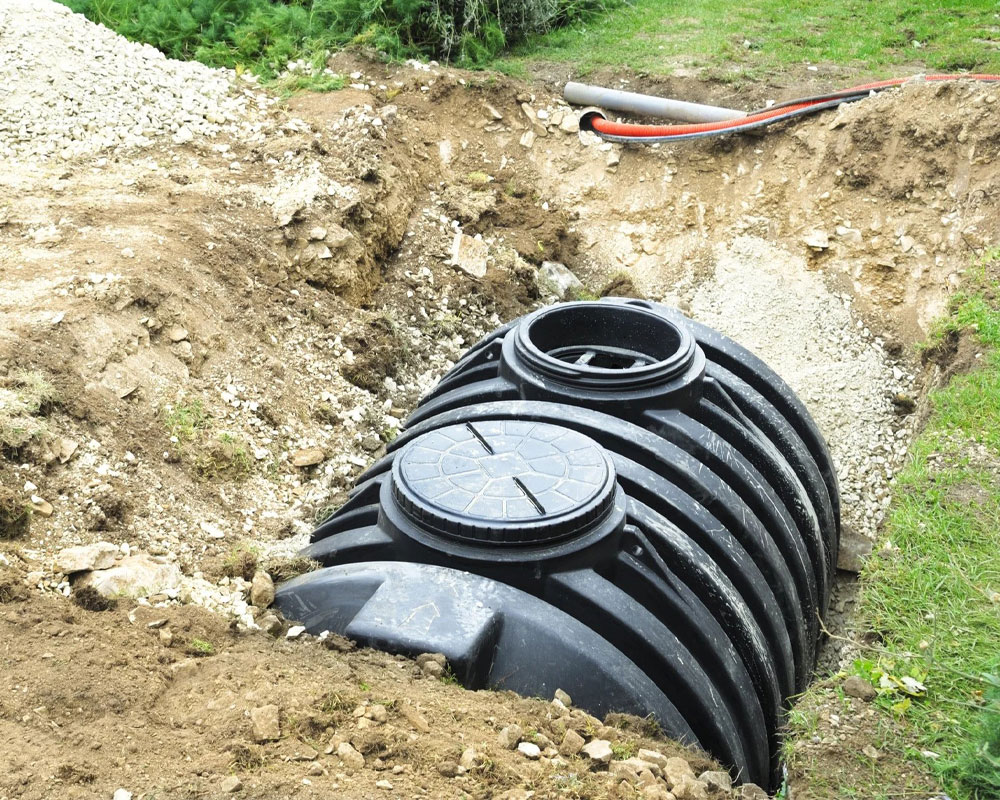
Serving Idaho Counties: Ada, Elmore, Boise, Gem and Owyhee
Septic Installation near Ada County, Idaho
Atlas Earth Moving is Committed to superior quality and results!

AVOID COSTLY MISTAKES:
Do NOT hire an excavating contractor without first reading our free guide:
The ULTIMATE Excavation & Septic "Success Guide."

Septic Installation near Ada County, Idaho
If you live in Boise, Meridian, Eagle, Kuna, or the rural stretches of Ada County, Idaho, a dependable onsite wastewater system is essential. When it works, you forget it exists; when it doesn’t, you face backups, odors, and costly yard repairs. This page gives you straight answers—what a modern installation includes, why choosing a nearby provider matters, and how the hiring and permitting process unfolds in Ada County.
How Can We Help?


What Septic Installation near Ada County Includes
A modern system is more than a tank in the ground. It starts with a soil and site evaluation to confirm that your parcel can treat and disperse wastewater safely. From there, your installer sizes the tank and drainfield based on bedrooms and projected flows, selects conventional or advanced treatment where needed, and designs a layout that respects setbacks from wells, foundations, and waterways. In tight lots or clay-heavy soils, pressure distribution, mound, or ATU solutions keep your system code-compliant and reliable.
The Benefits of Choosing Septic Installation near Ada County
Local know-how shortens timelines, cuts risk, and protects your investment. A nearby pro understands county review preferences, Idaho DEQ rules, and right-of-way quirks that can stall projects. You also get faster responses, easier warranty support, and materials matched to local conditions, from freeze-thaw rated tanks to durable effluent filters.
Benefits of Hiring a Septic Installation near Ada County Specialist
Hiring local places accountability in your backyard. You’re not trying to coordinate a distant crew or a call center; you’re working with people who stake their reputation on jobs in Eagle and Star. Expect clearer budgets because your estimator has been installed in your soil type dozens of times. Expect safer trenches and better compaction because the crew runs the same terrain weekly. Expect smarter drainfield placement that avoids irrigation lines, trees, and the future patio you’re planning. Those local insights prevent callbacks and extend system life.
What Influences Septic Installation Cost in Ada County, Idaho
The budget depends on soil, groundwater, slope, driveway restoration, landscaping, and the system type required. Conventional gravity systems cost less but are limited by site conditions. Pressure or mound systems add pumps, chambers, and engineered sand to achieve treatment on challenging sites. Rock removal, tight access, and winter frost protection can add time and materials. A strong proposal explains each line item so there are no surprise change orders.
See Our Excavation & Septic Services

✔️ Residential Excavation
✔️ Swimming pool excavation
✔️ Basement excavation
✔️Residential Sewer And Water Replacement
✔️Residential Septic Installation And Repair
✔️Concrete Preparation
✔️Small Commercial Site-Work
✔️Residential Gravel And Sight Work
✔️ Demolition
✔️ Large pond Construction
✔️ Small Pond Construction
✔️ Dozer work
✔️ Septic inspections
✔️ Trenching
✔️ Utilities Trenching
✔️ Foundation Repairs
Quality Services Launched FAST!

✔️ Septic system pumping
✔️ Septic installs traditional systems
✔️ Septic tanks - aerobic systems
✔️ Septic tanks - Plastic/poly
✔️ Septic tanks - Concrete
✔️ Drain field replacement
✔️ Grading, lot clearing
✔️ French Drains
✔️ Retaining walls
✔️ Sewer repairs
✔️ Drainage systems
✔️ Full site preparation
What Are You Waiting For?
The Process for Hiring a Septic Installation near Ada County, Idaho
Step 1 — Discovery Call and Records Check: Share address, bedroom count, and any remodel plans. Your installer pulls available records, recent approvals nearby, and aerials to anticipate constraints.
Step 2 — Onsite Soil and Site Evaluation: A licensed professional digs test pits or bores to classify soil texture, structure, and limiting layers. They verify setbacks to wells, property lines, and waterways, and locate utilities. Findings drive the design.
Step 3 — System Design and Fixed-Scope Proposal: You receive a code-compliant design, a clear scope of work, and a transparent price that covers excavation, tank, distribution, drainfield media, pump (if needed), electrical, alarms, risers, and inspections.
Step 4 — Permitting and Scheduling: Your installer submits the design package to Central District Health for review and coordinates any city approvals. They secure locates, stage materials, and set a start date that avoids weather conflicts.
Step 5 — Installation and Quality Control: The crew excavates safely, protects topsoil, sets the tank on a proper base, lasers drainfield elevations, and backfills in lifts to prevent settlement. They install effluent filters, watertight risers, and lids at grade for future service.
Step 6 — Inspection, Startup, and Education: Inspectors verify setbacks, elevations, and components. The installer performs startup checks, confirms pump operations if applicable, and walks you through dos and don’ts so you avoid early clogs or overloads.
Timelines for Septic Installation near Ada County
Straightforward jobs often move from design to approval within a few weeks, with installation completed in several working days once scheduled. Complex sites, winter weather, subdivision rules, or utility conflicts can extend timelines. A local installer anticipates the slowdowns, batches inspections efficiently, and communicates schedule updates so you can plan remodels, driveway pours, or move-in dates with less stress.
How Design Choices Improve Long-Term Performance
The design phase is your chance to build in reliability. Effluent filters reduce solids reaching the field. Accessible, gasketed risers make maintenance easy. Proper venting eases odors. Pressure distribution even loads across trenches, extending field life. Thoughtful routing prevents traffic over the drainfield and keeps landscaping from choking oxygen exchange. These choices aren’t “extras”—they’re what separate a system you ignore from one that becomes a headache.
Readiness Checklist to Start in Ada County, Idaho
Current bedroom count and any planned additions.
Known well locations, irrigation lines, and drainage issues.
Property boundary evidence or recent survey.
Preferred driveway, patio, and future outbuilding locations.
Access considerations for excavation and tank delivery.
Seasonal goals: Do you need completion before freeze or a closing date?
After Installation—Protecting Your Investment
Once your system is online, routine filter cleaning, timely pumping, and mindful water use protect the drainfield. Spread laundry loads, fix leaks fast, and route roof and sump water away. Avoid garbage disposals if possible, and never park vehicles on the field. Documenting service dates keeps warranties valid and helps future buyers understand the system’s health.
Ready to Begin?
If you’re planning a Septic Installation near Ada County, Idaho, start with a site evaluation and design. With the right local team, your project moves from uncertainty to approval to a quiet, reliable system that supports everyday life for years to come.
Hours: Mon-Sun 7AM-8PM
Extended hours by appointment only.
Address: 7109 W Northview St, Boise, Idaho 83704
All rights reserved | Client Support Area
Facebook